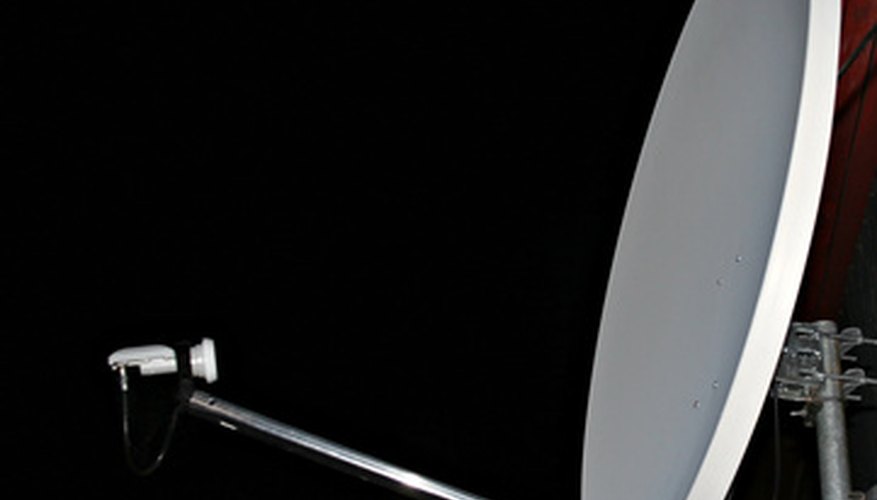A Low Noise Block downconverter, known as an LNB, is an integral part of satellite dish system. It faces the dish and focuses and strengthens the signal from the satellite then sends it to the receiver for the satellite customer's use.
Dual vs.Single Line LNB
The difference between a dual LNB and a single LNB is the number of outputs on it. A dual-line LNB has two coaxial connections, while a single-line LNB only has one.
Single Line LNB
A single-line LNB can only serve one receiver at a time, and you can only view one channel at a time on one transponder. You cannot use a multi-switch with a single-line LNB to split the signal.
Dual LNB
Dual LNB connections operate independently of each other, so you can use two receivers. A dual LNB can access different channels on different transponders, but you must install a multi-switch to split the signal.
Multi-switch
Installing a multi-switch on a dual LNB allows for multiple receivers to view different signals. According to smarthome.com, "The satellite receiver will send either 13V DC or 18V DC to the LNB and it will tune into either odd or even transponders. You can't split a signal because one receiver may need odd and the other may need even. If you need more than two outputs, you use a multi-switch. One input of a switch sends a constant 13V while the other sends a constant 18V. If a receiver needs odd transponders the switch will connect that output to the correct input."
- Installing a multi-switch on a dual LNB allows for multiple receivers to view different signals.
- One input of a switch sends a constant 13V while the other sends a constant 18V.
- If a receiver needs odd transponders the switch will connect that output to the correct input."
